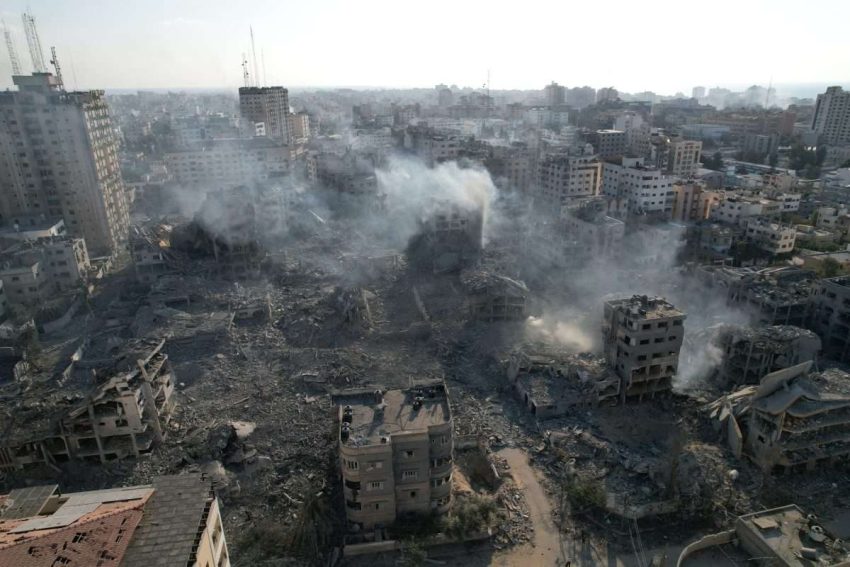The humanitarian situation in Gaza has reached a breaking point, with senior United Nations officials warning that the territory is “becoming the graveyard of international humanitarian law.” The stark statement from UNRWA chief Philippe Lazzarini reflects a growing consensus that international protections enshrined in conventions and court rulings are unraveling under the weight of continued conflict.
A Collapse in Humanitarian Protections
Child malnutrition is rising at alarming rates, while hospitals and aid agencies struggle to function under restrictions and bombardment. The International Court of Justice (ICJ) has repeatedly called for increased humanitarian access, but implementation has been slow and inconsistent. Observers note that the Geneva Conventions—designed to safeguard civilians in war—are being disregarded in practice, raising urgent questions about the enforceability of international law.
Uneven Global Responses
Criticism has mounted against Europe for its perceived inconsistency. While the European Union rallied swiftly in support of Ukraine following Russia’s invasion, its response to Gaza has been far more fractured. Spanish Prime Minister Pedro Sánchez has been among the few European leaders to openly condemn the EU’s stance, calling for recognition of Palestinian statehood and the imposition of financial penalties on Israel for failing to meet humanitarian obligations.
Regional Escalation
The crisis has also triggered wider regional fallout. Houthi rebels in Yemen launched missiles in solidarity with Palestinians, prompting Israeli retaliatory strikes and drawing international condemnation. The exchange has heightened fears of a broader escalation across the Middle East, complicating already fragile diplomatic efforts.
A Test for International Legitimacy
For many diplomats and humanitarian leaders, Gaza has become a litmus test for the credibility of the global order. If international rulings and conventions cannot secure aid for civilians or hold parties accountable, critics argue, the very architecture of humanitarian law risks collapse.
Conclusion
The worsening crisis in Gaza underscores a deeper erosion of international norms. As children go hungry and civilian protections fail, the gap between the rhetoric of humanitarian law and the reality on the ground grows ever wider. Unless world powers take decisive, coordinated action, Gaza may not only remain a humanitarian catastrophe but also stand as a lasting indictment of the international community’s failure to uphold its own laws.




